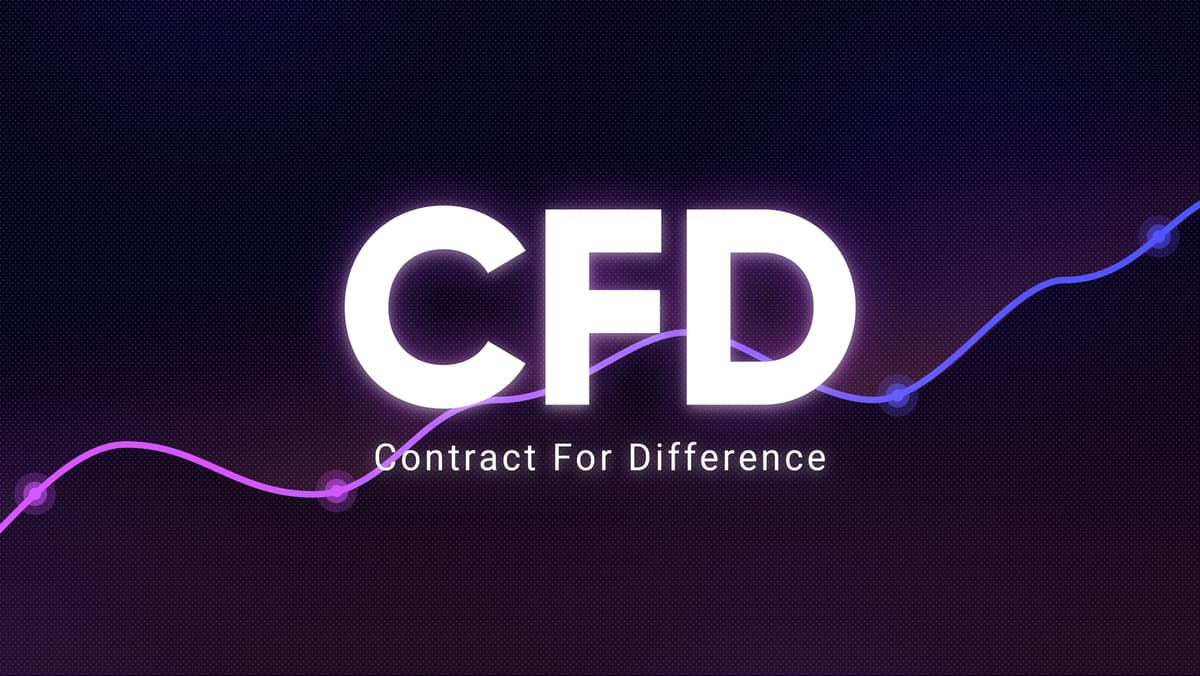The incoming Federal Reserve chair confronts a multitude of challenges, compounded by Trump's push for potentially inflationary policies. Can the successor navigate these pressures effectively?
Wall Street banks are forecasting double-digit growth for the S&P 500 through 2026, driven by AI and economic policies, despite concerns about high valuations.
Despite internal divisions on the need for further easing, economists widely expect the Federal Reserve to cut interest rates in December to support the cooling labor market.
This article highlights the key risks identified by Apollo Global Management for 2026, providing investors with valuable insights into potential challenges and opportunities.
Bank of America suggests overly dovish signals from the Fed could indicate a more significant economic slowdown than anticipated, jeopardizing the stock market rally. Their investment recommendations include mid-cap stocks.
President Trump is seeking to appoint a Federal Reserve chair who supports lower interest rates, raising questions about the central bank's independence and its impact on the economy.
Market forecasts show a sharp division regarding the future path of Federal Reserve interest rates. This article analyzes the factors influencing this divergence, including inflation and labor market data, as well as differing views among FOMC members.

Bitcoin price prediction: The world of cryptocurrency remains as dynamic and unpredictable as ever, with Bitcoin, the leading digital asset, experiencing significant price movements.

Nio stock price prediction: The electric vehicle market has been a focal point for investors globally, especially with companies like Nio at the forefront.

Stock opportunities for 2026: As we look toward the future, several stocks emerge as potential opportunities for 2026.

Best S&P 500 ETF to buy: Investing in the S&P 500 index is a popular strategy for those looking to gain exposure to the broader U.S. economy.

Best CFD Brokers: Contracts for Difference (CFDs) have gained substantial popularity among traders due to their flexibility and potential for profit in various market conditions.
Bitcoin's 'Santa' rally may be ignited by the Federal Reserve's upcoming interest rate decision. This article analyzes the macroeconomic factors potentially influencing Bitcoin's performance into 2026.
Western Union expands into digital assets with a new stable card and plans to issue its own stablecoin, focusing on emerging markets.
Investors brace for a data-heavy week, highlighted by the Federal Reserve's meeting and key inflation and jobs reports from the US.

How to trade gold: Gold has long been regarded as a valuable asset and a safe haven during economic uncertainty. Trading gold can be a profitable endeavor, particularly through CFDs.

What are the most traded indices: Trading indices CFDs offers traders a powerful way to speculate on the performance of stock market indices without the need to own the underlying assets.

Start investing in 2026: Investing in CFDs offers traders significant opportunities to profit from price movements in various financial markets, including stocks, indices, commodities, and cryptocurrencies.